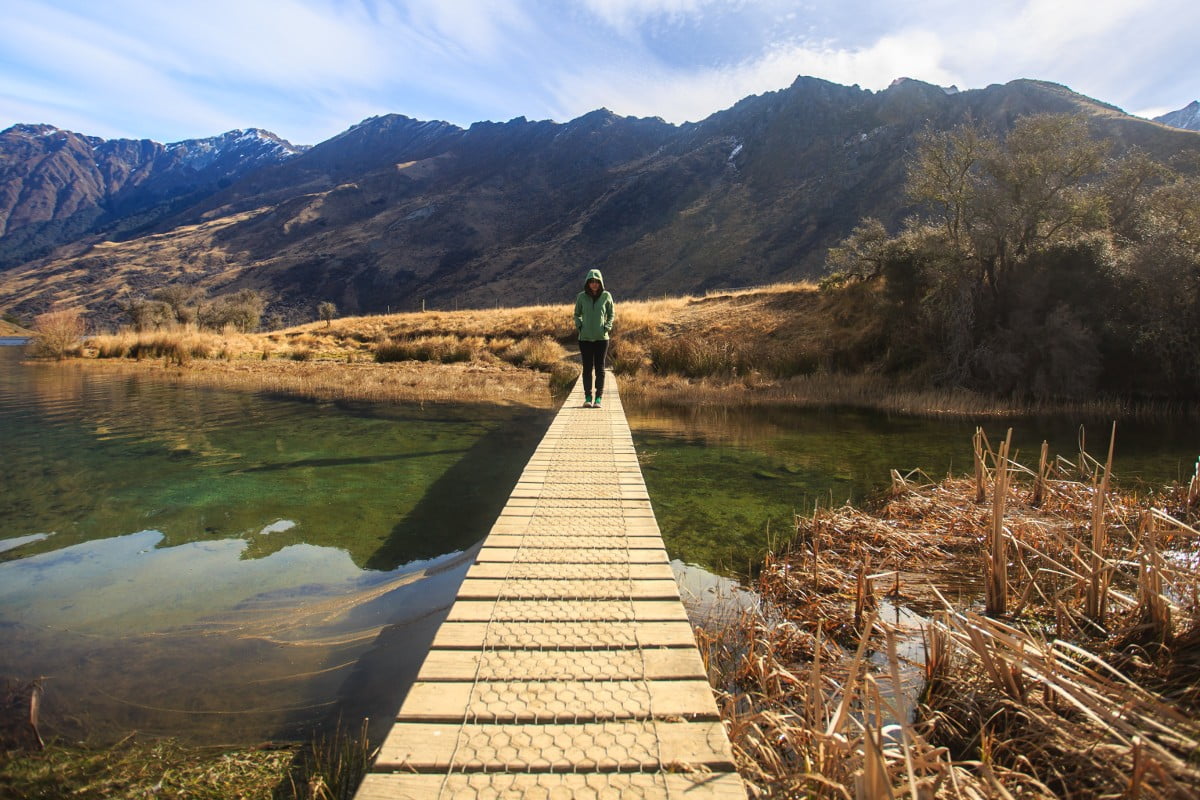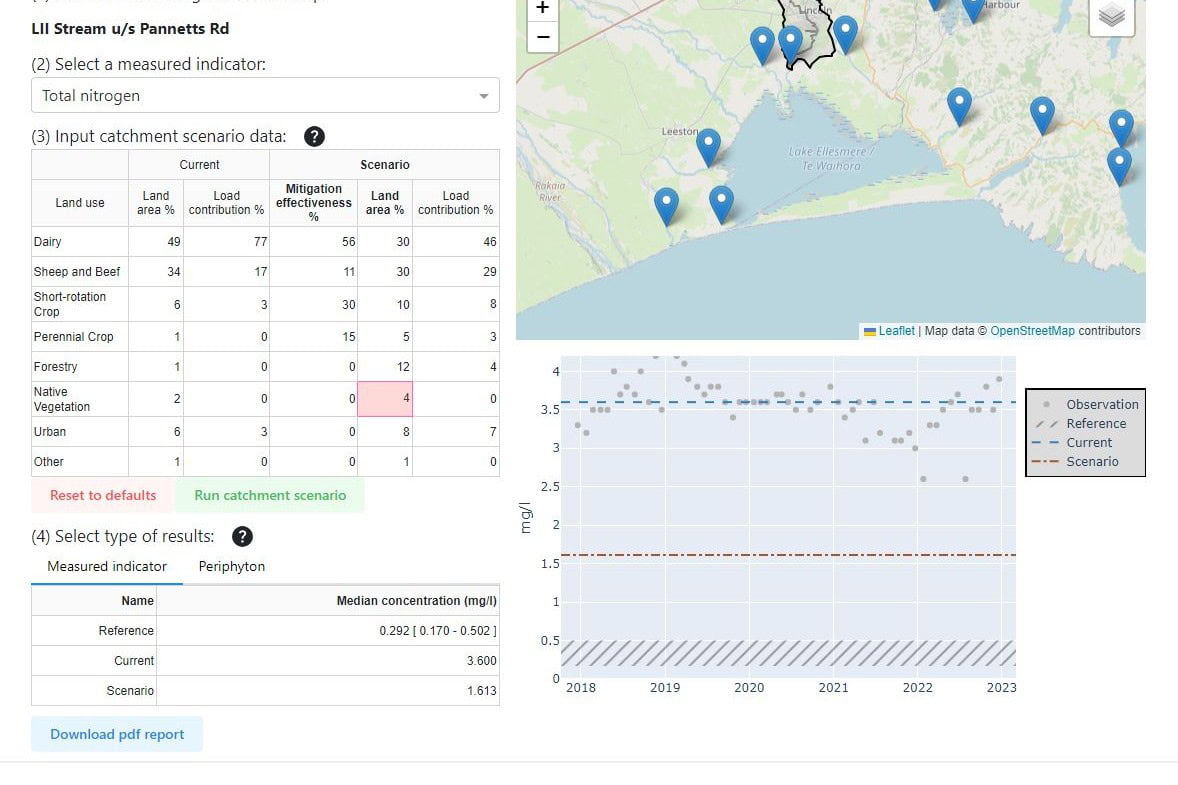August 30, 2024
Resources related to
Nutrient Management
New Zealand farmers can keep more nutrients in their soil by choosing the right fertiliser for their type of land and applying it strategically, so it stays on the farm rather than draining away as pollution.
Showing 1 - 12 of 85 results
What are the opportunities to reduce variability in apple tree productivity through targeted (sub-block) water and nutrient application?
Most of New Zealand’s apple production occurs on soils which have formed from alluvial (river movement) deposits. These soils range from clays to sand, to…
Measuring real time nitrate leaching from a Hawkes Bay onion Field
The primary objective of this project was to prove that successful real time ‘in situ’ nitrate measuring was possible using a nitrate sensor and that…
A risk assessment approach for prioritising actions in farm environment plans with mahinga kai values
The project co-developed and produced a geospatial tool that is available through a webpage. The beta tool allows users (initially dairy farmers) to identify and…
Tech Note: Nitrate-Nitrogen Leaching in Horticulture
Two-page guidance from Ravensdown for nutrient management decisions/practices in horticulture, and the implications of these practices when combined with rainfall events resulting in drainage. Based…
Potential phosphorus losses from grassland soils irrigated with dairy factory wastewater
Applying phosphorus (P)-rich wastewater to land can significantly enrich P in topsoil and consequently increase the risk of P losses in surface runoff and leaching.…
Orchard soil characterisation
This study aimed to explore the role of different soil properties in relation to avocado orchard yield. Data from this study will also be incorporated…
Bananas on Northland dairy farms: An option for forage supply and effluent cycling?
This project investigated if growing bananas on Northland dairy farms has potential to increase the economic and environmental sustainability of the dairy enterprise, by: •…
Project Summary: High-Performance Soils for Avocados
This article summarises the results of a Rural Professionals Fund project that aimed to collect leaf, fruit and soil samples from 29 different avocado orchards…
 View Our Strategy Document 2019 – 2024
View Our Strategy Document 2019 – 2024


